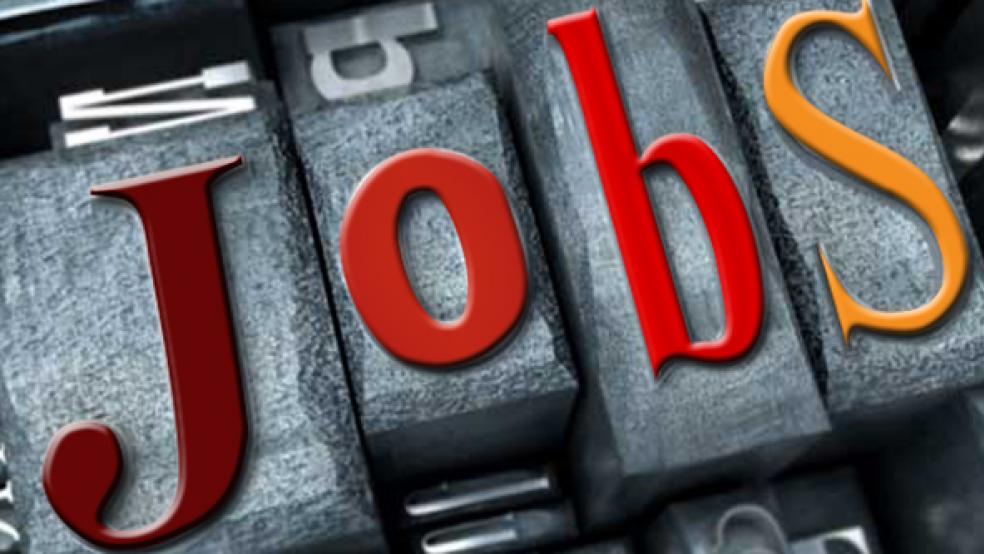After a worrisome slump from March through May, the labor market has caught fire this summer. Employers added a better-than-expected 255,000 jobs in July, the Bureau of Labor Statistics reported Friday, continuing the rebound seen in June, when payrolls grew by 292,000, revised data show.
“Today’s employment report should put to rest all remaining concerns that the slowdown in payroll gains seen in April and May marked the beginning of a broader downturn,” Harm Bandholz, the chief U.S. economist for UniCredit Research, said Friday.
There’s a lot to be excited about in the latest jobs data. “The July jobs report was everything you could have asked for … and more,” Bank of America Merrill Lynch economist Michelle Meyer wrote to clients on Friday.
Related: This Is Starting to Look Like a Goldilocks Economy
The only problem: Some economists doubt that the gangbusters pace of job gains can continue.
Before we explain why, let’s acknowledge that the details of the July report were almost uniformly strong. Job gains were spread across many industries, including manufacturing, health care, retailers, leisure and hospitality and a notable jump of 70,000 in the “professional and business services” category. Average hourly earnings grew 0.3 percent for the month and 2.6 percent over a year ago. The average workweek ticked up to 34.5 hours. The unemployment rate held steady at 4.9 percent, but only because the addition of 420,000 jobs in the government’s survey of private households — the most since February — was offset by 407,000 workers joining the labor force.
The labor force participation rate, which had fallen in April and May, has now edged back up to 62.8 percent, resuming an encouraging uptrend that began last October. The labor force grew by nearly 2.2 million year-over-year, much healthier gains than the annual average of around 570,000 between 2007 and 2015, and the roughly 1.7 million gain last year, according to IHS Chief Economist Nariman Behravesh.
“This means that there have been cyclical gains sufficient to offset the persistent downward pull from the aging population. Perhaps this is a reflection of higher wages, encouraging people to enter the workforce,” Bank of America Merrill Lynch economist Michelle Meyer wrote to clients on Friday. “This means that there is greater capacity in the labor market and perhaps a longer runway for this business cycle.”
Related: A Shocking Number of Adults Are Still Mooching Off Their Parents
The only fly in the ointment, Bandholz and other economists said, was the under-employment rate, which rose from 9.6 percent to 9.7 percent.
But Meyer also noted that she was skeptical that the two-month hot streak could continue. “We see the strong gains over the past two months as a payback from the very weak jobs report in May (24,000) and sluggish reading in April (144,000),” she wrote.
Similarly, Behravesh suggests that “the strong employment gains in June and July are not sustainable. As the economy approaches and reaches full employment, the pace of jobs gains is likely to slow.”
That’s slow, not stop. IHS believes that monthly jobs gains are likely to settle into the 160,000 to 180,000 range, which represents a clear slowdown from the 228,000 monthly average from last year and the 251,000 average for 2014.
Related: Is the US Economy Running Out of Workers?
And Peter Boockvar, chief market analyst at The Lindsey Group, points out that the three-month trend for private sector jobs growth is now 158,000, compared to 169,000 over the last six months and more than 220,000 in each of the last two years. “Thus,” he argues, “the slowing trend remains the same.”
This article has been updated to correct Peter Boockvar's name.





